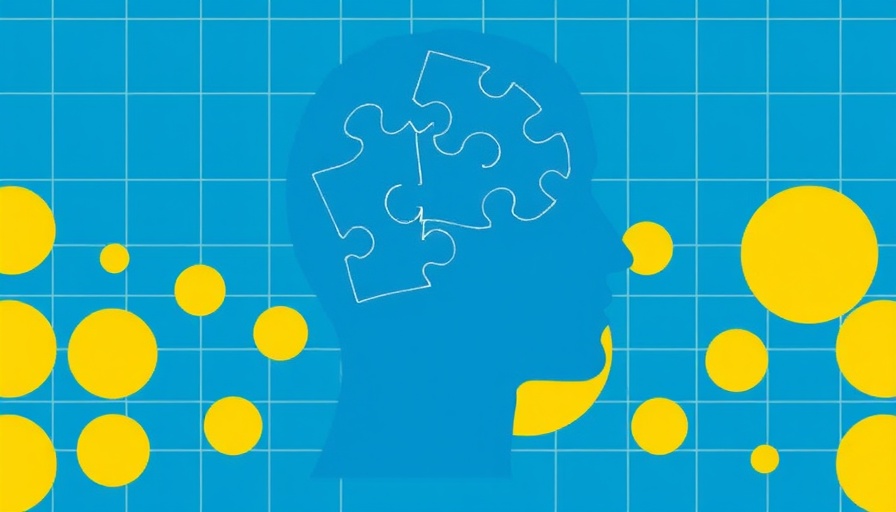
Understanding Micromorts: Simplifying Risk Assessment
In a world filled with choices that impact our health, understanding risk is crucial, especially in the context of medical procedures. Anesthesia, for instance, carries a very small risk of death—about 1 in 100,000—an occurrence that many might compare to the risks of everyday activities. While these statistics can seem abstract, they can hold great significance when making health decisions. This article dissects the concept of 'micromorts,' a term coined to quantify risk in a more understandable way, aiding our comprehension and facilitating informed decisions.
In 'Friday Favorites: Micromorts - How Risky Is It to Go Under Anesthesia?', the discussion dives into the concept of micromorts as a tool to measure and communicate health risks, offering key insights that sparked deeper analysis on our end.
What Are Micromorts?
A micromort is a measure of risk defined as a one in a million chance of death. This innovative concept helps contextualize the dangers associated with various activities, from driving to surgical procedures. For example, a single micromort is equivalent to the risk of dying in a 100-mile car journey. Utilizing this unit allows patients to visualize the risks and benefits of engaging in certain activities or procedures, drawing comparisons between seemingly unrelated risks—for instance, scuba diving presents a risk level equivalent to diving five times, which corresponds to five micromorts.
Comparing Everyday Activities Using Micromorts
Establishing a clear risk hierarchy through micromorts is both fascinating and enlightening. For instance, many parents are anxious about surgical procedures for their children, not realizing that even common surgeries, such as hernia repairs, carry moderate risk—similar to skydiving 200 times. By evaluating these risks side by side, we can better understand moderation in our activities. Pregnancy, often glorified as a natural miracle, can equate to a road trip from New York to Los Angeles, illustrating the levels of risk parents should consider.
Contextualizing Health Risks: A Practical Approach
The beauty of micromorts lies in their ability to provide perspective. When considering the risk of breast implants, for example, many women may fear the association with a rare type of cancer, yet the likelihood of dying from such cancer is less than that of skiing for just one day. Understanding that context aids in alleviating undue apprehensions and empowers patients to discuss potential risks with their healthcare providers more effectively.
Accidental Death: A Silent Risk Factor
What might not be as apparent is the everyday risk of accidental death, averaging around 1 in a million per day solely due to unexpected incidents, with a significant fraction arising from car crashes. This statistic serves as a reminder: while we may worry about surgery or uncommon health risks, the reality is that accidents are a persistent threat in our daily lives.
Harnessing Knowledge for Empowered Decisions
Understanding micromorts can guide us toward more informed decisions regarding our health and wellness. For parents considering surgeries for their children, or adults weighing the risks of adventurous activities, being equipped with this knowledge allows for a comprehensive conversation about safety. This can promote better relationships with healthcare providers, where concerns can be voiced and addressed adequately, paving the way for a more collaborative health management experience.
Concluding Thoughts: Knowledge is Power
As we navigate our wellness journeys, having a firm grasp on the risks involved in various activities reinforces our ability to take charge of our health. By utilizing the concept of micromorts, we are better prepared to weigh the perceived risks against the actual dangers and prioritize wellness more effectively. Always consider discussing these insights with your healthcare provider for an in-depth understanding tailored to your situation.
Stay informed and take proactive steps towards maintaining your health, and engage with local wellness events that can provide even more insights and resources for better living.
 Add Row
Add Row  Add
Add 





Write A Comment